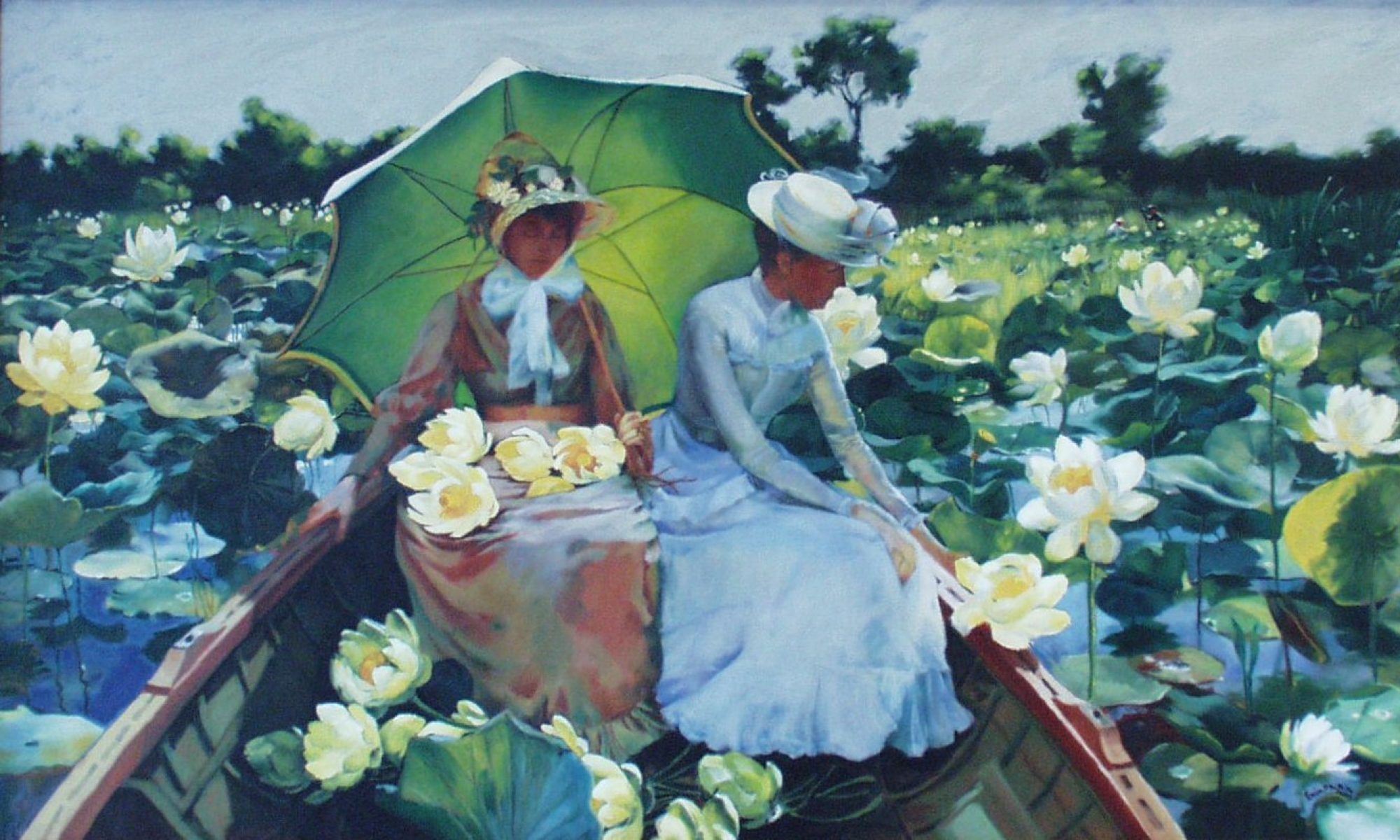Spotlight: Ruby Thompson
Ruby started taking classes at The Art Academy at age 9 and began to learn to draw using traditional methods. Her 1st Pen and Ink was a copy of Bill Watterson’s Calvin.
Ruby Thompson, Age 9
Pen and Ink after Watterson
Ruby finished her first Watercolor at age 10. Her colors were mixed fresh and clean as she discovered how to master the flat wash, which is the basis of all traditional watercolor technique.
Ruby Thompson, Age 10
Watercolor after Disney
Ruby Thompson, Age 11
By the time Ruby was 11 her draftsmanship had improved dramatically. She finished this Pen and Ink in one class period. Fine drawing – with its balance of accurate proportion and expressive line movement – was becoming less of a challenge for Ruby. As her instructor observed Ruby’s progress on this and other projects that she was working on in class it became obvious that Ruby was making subtle but meaningful advances in her artistic development. Something exciting was going to happen soon.
Ruby Thompson, Age 12
Watercolor after Potter
By age 12, Ruby’s watercolor skills had progressed beyond the flat wash bordered by defined outlines. She was able to produce more subtle, atmospheric effects using watercolor and ink. Ruby’s drawing and painting progress was carefully evaluated. It was evident that she was ready to move ahead to more advanced watercolor.
Ruby Thompson, Age 16
Watercolor after Froud
Teaching kids art with a focus on refinement and tradition supported by an intense belief in the natural abilities of all children becomes especially exciting when they take a leap: Then a student moves from the world of predictive results to a realm of wonderment and surprise. Who could have foreseen such a huge advance in skill development in just one project for Ruby? All of us were amazed at her inspired achievement; and because we had known Ruby for so long and loved her so dearly, it took on added significance and joy for her instructors at the school.
Ruby Thompson, Age 17
Oil Painting
Ruby was ready to climb the next rung of the ladder of artistic skill development and aesthetic understanding. For her first oil painting, Ruby chose a colorful landscape. Oil Painting presents many challenges to a student that Ruby had to attempt to master in one painting: A thoughtful lay-in, subtle color/value relationships, sensitive brush handling, and carefully observed lost and found edges. Following traditional methods of color mixing using a controlled palette, Ruby was able to push her painting to a high level of finish that maintained a balance of subtle detail mellowed into a unified whole.
Work in Progress
Ruby Thompson, Age 17
Oil Painting
Ruby then began working on her first portrait in oils, while outside of class, Ruby self-published her first graphic novel.
Oil Painting 'TIL DEATH
Ruby Thompson, Age 18
Self-published Graphic Novel
The graphic novel tells the story of four folk tales from around the world. The quality of Ruby’s work is truly extraordinary for someone so young. It proves that traditional training is an ideal method to help kids develop the technical and aesthetic skills to express themselves through very personal communication.
Today, Ruby continues her creative journey at The Evergreen State College in Olympia, Washington.


















You must be logged in to post a comment.